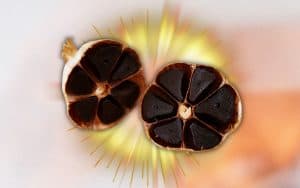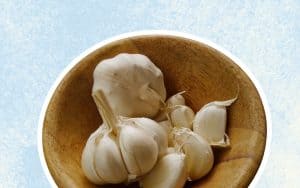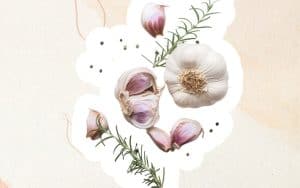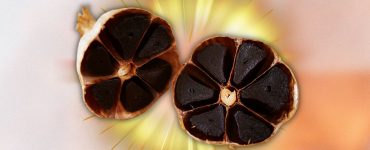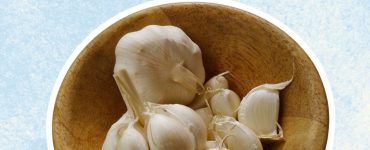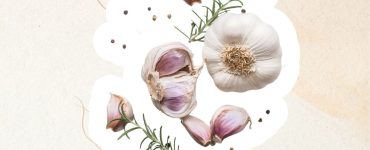No kitchen will ever be complete without garlic. That is why nothing can be as frustrating as discovering that your garlic has already developed mold just when you have set your mind on prepping Bolognese for dinner.
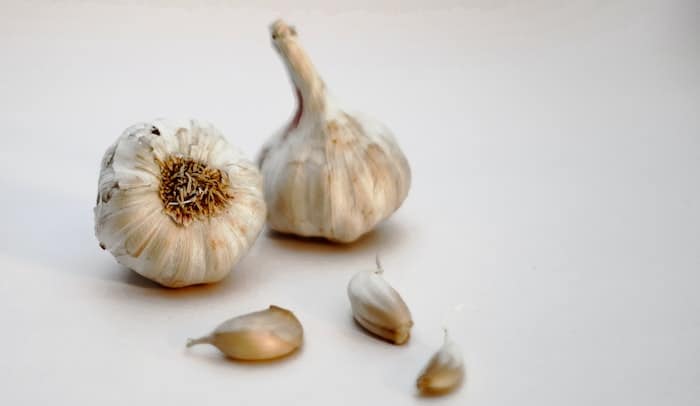
Why does garlic always go moldy? Is white mold on garlic dangerous? Is it still safe to eat? How do you prevent it from happening ever again?
Unfortunately, white mold on garlic is dangerous and you need to throw it away immediately because it will no longer be safe to eat. Mold growth on garlic can make you sick when consumed. Some mold spores can also produce toxins that are unsafe to eat.
Although not all types of molds that grow on garlic are considered dangerous, it is not easy to spot the difference between various species at home. To err on the safe side, the best thing you can do is to always throw away moldy garlic and use only fresh cloves. A few cloves of garlic will never be worth the risk of getting sick.
Continue reading below to learn more about white mold on garlic.
Why Does Garlic Grow Mold?
Garlic is a type of vegetable that has moisture content. Upon air exposure, the mold spores can end up attaching and growing on the clove. The mold’s main body, mycelium, can expand and grow unseen on the garlic.
The mold that shows up is the mold’s fruiting body that lets it reproduce and spread spores. Garlic that continues to be exposed to moisture, air, and light is more prone to growing mold. These mold spores can end up traveling and settling into the garlic through the air or even from the other vegetables and fruit that are stored together with the garlic.
If the garlic cloves or other fruit and vegetables within the same container begin to develop mold, the wisest thing you can do is discard the entire lot. You can get sick if you eat mold, so it is always best to avoid eating it.
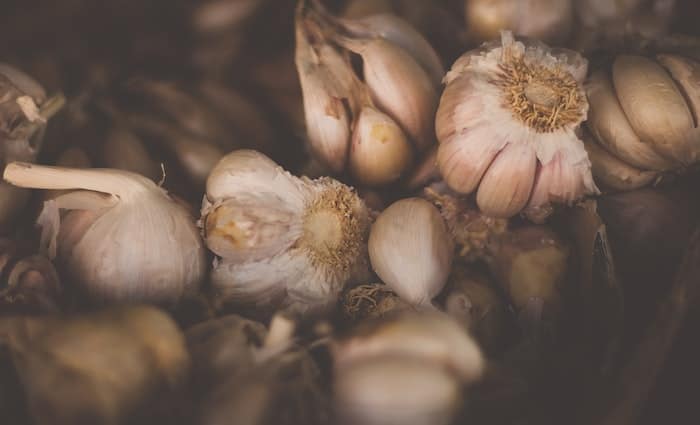
What are the Signs of Mold Growth on Garlic?
You need to watch out for a few signs on a garlic clove or bulb that will indicate the presence of mold growth. Brown or black spots forming on the surface of a garlic bulb are the most common signs of mold growth. Other signs include a powdery substance with a bluish tint on the garlic, and a white or green powdery or fuzzy substance often seen on the garlic bulb itself.
Types of Mold That Grow on Garlic
The two most common mold strains grow on garlic. The first one is penicillium or green and blue molds, and the black mold or Aspergillus Niger.
These two types of mold both have the potential of producing and releasing chemicals called mycotoxins that can be dangerous to human health, specifically to people who are more sensitive to them. Therefore, it is important to get rid of spoiled or moldy garlic as soon as you notice it.
Should You Dispose of Garlic with Mold?
Garlic will start developing mold if you store it in a place with moisture exposure or if you have left it sitting around for an extended period. Mold growth is often white, blue, or sometimes, even black, with evidence of the growth and presence of spores.
The mold you can see with your eyes is the organism’s visible fruiting body. The main body or mycelium of the fungus is also existing even if you cannot see it with your naked eye. Think of it as something similar to the growth of mushrooms. The big mycelium exists below the ground and the mushrooms, or the fruiting bodies, sprout out once the fungus becomes ready for reproduction.
It is best to compost or throw out all the garlic in the basket or bag if you notice some of them turning moldy. Again, the mycelium can still exist on the clove even if you cannot see it. Traces of visible mold on garlic heads also indicate that it could also be on others.

What Should You Do with Moldy Garlic?
You can crush moldy garlic or chop it into pieces and then dig it through the compost if this is from an organic source and let it break down there. It is a must that you cut the cloves into pieces due to the possibility of resprouting.
You can also break up moldy organic garlic heads into several individual cloves and then plant them in the garden. While there is a possibility that they will no longer sprout, especially if the mold problem has already reached a critical stage, it is still worth the try.
Make sure you don’t add non-organic or chemically treated garlic to your garden or compost as it can carry diseases that might linger in the soil.
You can also add organically grown garlic cloves with mold to your worm farm. Just cut the garlic cloves into several rough pieces and then put them above the soil. The worms can break down these small garlic pieces, leaves, and skin.
Never add more than one to two heads of garlic simultaneously to your worm farm, or else, the worms won’t be able to break them down before the mold can take over.
Non-organic garlic with mold must be disposed of in the trash. Place it in the garbage bin or better yet, a commercially composted green bin if you have one. Commercial composting systems can kill off any pathogens or bacteria that the garlic carries.
What Happens If You Eat Garlic with Mold?
You can get sick when you eat garlic with any type of mold on it. You might notice a soft texture or bitter flavor in the garlic. Although not all types of molds are hazardous, it is not easy to tell or identify the type of mold on the garlic if you don’t test it. Thus, it is best to avoid consuming any garlic with mold and simply discard the lot.

